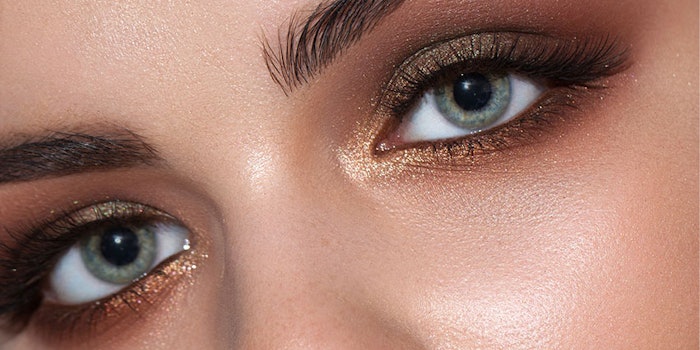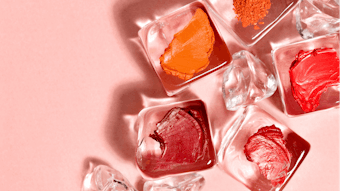
WGSN has released an extensive report forecasting color for various industries, including cosmetics and personal care, which reveals rising trends.
Related: Expert Opinions: Color Pause*
According to WGSN, protection and hygiene will be a top priority for consumers for many years to come due to COVID-19. As a result, the bacteria- and virus-defending properties associated with some metals will make them relevant for the next few years.
Protective Metals
It is believed that copper will become a center of innovation since this material is both conductive and virus-resistant. Copper has been a rising trend mostly in the skin care category due to its antiseptic and healing properties, which according to the firm can be implemented to prevent diseases. Plus, copper contains antibacterial properties, which can help fight acne-causing bacteria.
Additionally, in beauty, gold adds a touch of indulgence to consumer perception. Brands are starting to incorporate gold whether for added formulation benefits or a bit of color and glimmer for product esthetics. Colloidal silver also is the most recent active antibacterial ingredient to be used in skin masks.
Eco Black
Black continues to be a widely used color across multiple industries, however the ingredients used to produce dyes and pigments such as carbon black are synthetic and derived from petroleum. Pigment manufacturers have been working to develop a ‘clean,’ non-toxic source of black and more options are now emerging. By 2025, it is expected by WGSN that this color will largely be derived sustainably.
It is reported that graphene is now being used as an ingredient for natural black hair dye. Eco black can be combined with matte, semi- and high gloss finishes to add surface interest.
Transformative
By 2025, the firm projects color will be a key part of immersive and transformative experiences, both digitally and in real time. Formulators can create spectrum effects with the continuation of ultra tones such as electric blue, hyper pink and ultraviolet. These can be applied as digital filters, films, pigments, coating and lighting effects.
Previously: [video] Imparting Shimmering Surprise on Location with Croda
Bioscience Derived
WGSN anticipates bioscience will become one of the most exciting sources of future color technologies both to track and invest in. Microorganisms have the potential to create a range of sustainable colors for commercial use. Structural color, a technology that involves growing cellulose into nanostructures that reflect light, is also predicted to be established by 2025. In this segment, the use of a range of organic brights, with a focus on green and violet, are predicted to rise, as well as iridescent and fluorescent effects.
Milky White Sheen and Iridescence
WGSN has forecasted a rise of “milky white” as well. By 2025, this direction will become more intelligent through the use of dynamic materials. Formulators can combine milky white with an iridescent or oily sheen and apply it to films, pigments, textures and light to create a dynamic color shift that is revealed as the material changes opacity.
Undyed Neutrals
Finally, as many formulators, suppliers and manufacturers know, increased awareness of water scarcity is driving many industries to rethink manufacturing processes for consumers. To save on valuable resources, brands are choosing to forego dye and embrace the beauty of raw and unprocessed textiles. Responsible manufacturing will drive forward a palette of undyed and upcycled neutrals. Thus, it is predicted that undyed neutrals will be applied to palettes of white, unbleached, ecru and beige to a range of sustainable materials.










